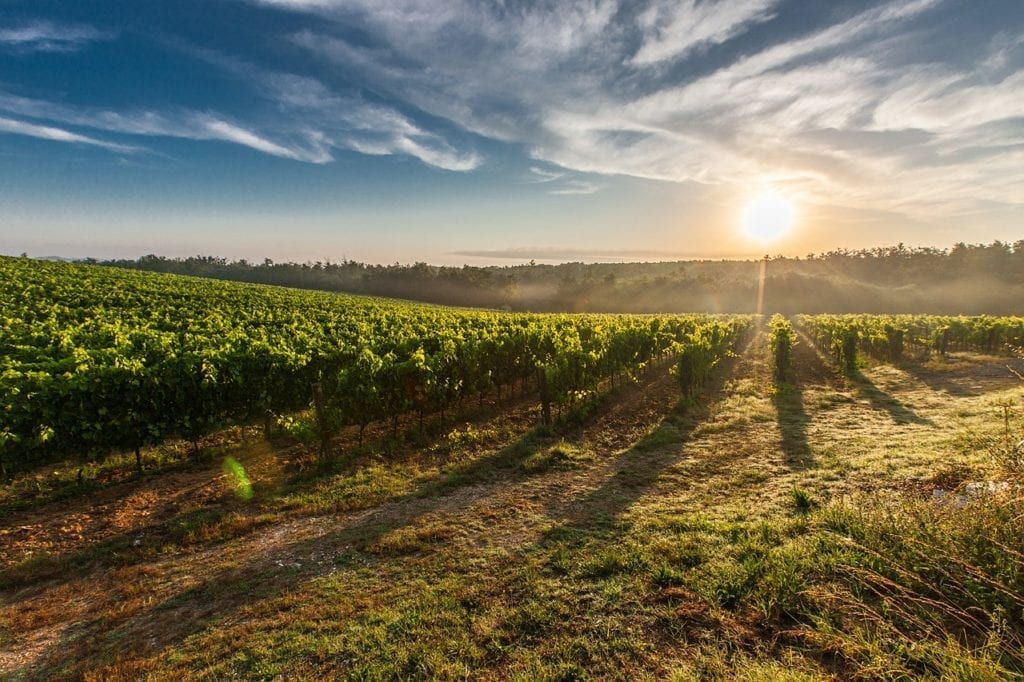The farmers who are most likely to buy this coverage aren’t the ones who are making the most money.
A new report showed farmers are less likely to use federal crop insurance if they are among the wealthiest. This coverage is meant to help protect growers against risks such as low output prices and crop failure. The American program has been experiencing steady growth since the 90s.
Federal crop insurance is now the biggest individual producer supporting program under the farm bill of 2014.
This trend in growing federal crop insurance programs isn’t exclusive to the United States. Other developed and developing countries are seeing similar tendencies. The growth may be driven – at least in part – by subsidies on insurance premiums.
The new report has taken a different perspective in examining growers’ risk management choices. It also examined the ways in which changes have altered the financial ecosystem for farmers. In that arena, there was a particular focus on the savings and insurance markets as they have the potential to change coverage requirements.
Prior research on federal crop insurance and farmer finances have looked at attitudes toward risk.
 The new report deviated from that tradition. Instead, it placed its emphasis on the link between current wealth, savings over time and farm insurance coverage over the years. This assisted in determining new forms of approach to farm risk management.
The new report deviated from that tradition. Instead, it placed its emphasis on the link between current wealth, savings over time and farm insurance coverage over the years. This assisted in determining new forms of approach to farm risk management.
As a whole, farmers look at their businesses over several growing seasons. Throughout that time, savings and insurance will have an impact on each other. As savings interest rates rise, farmers invest in less insurance and the opposite is also true. They will aim to save on insurance premiums by depending more on higher interest savings.
That said, this trend in reliance on federal crop insurance changes in two specific circumstances. Farms that have greater wealth to start and farms that have lower wealth to start. Less wealthy households will aim for savings to function as a complement to farm insurance. This way, they hope to build their ability to self insure while affording premiums. Wealthier farms that have maintained that level for multiple years are better protected and risk attitudes matter less because they are already financially stable. Therefore, the report indicates they are less likely to purchase crop insurance.
